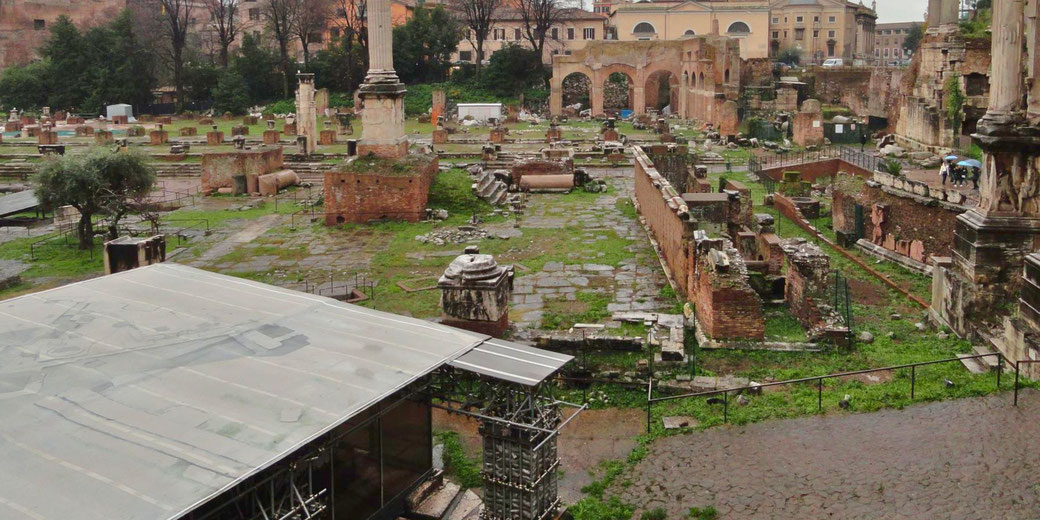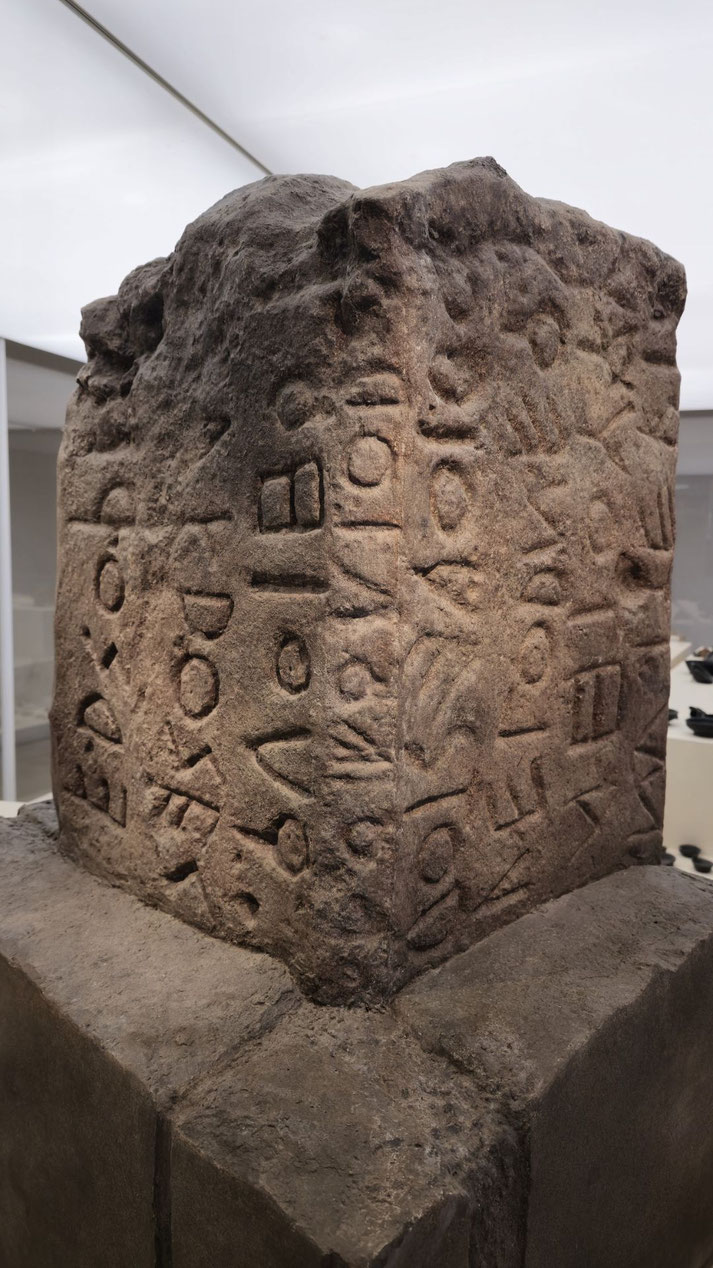Lapis Niger: A mysterious stone inscription from the darkest period of Roman history

Hidden beneath the ruins of the ancient Roman Forum lies a mysterious black stone that offers a rare glimpse into the rituals and beliefs of Rome’s earliest days.
Inscriptions etched upon its surface suggest it held immense importance for the fledgling city-state, linking it to sacred practices and foundational myths.
For centuries, scholars have examined its cryptic messages, eager to unravel its role in shaping the political and religious identity of ancient Rome.
But what does it say, and why is it so important?
How and where was the Lapis Niger discovered?
Among the sprawling ruins of the Roman Forum, archaeologists unearthed the Lapis Niger in 1899 during excavations led by Giacomo Boni.
The precise location of the Lapis Niger is within the Comitium, a central area of the Forum traditionally associated with early political and religious activities.
Surrounding the stone was a carefully constructed platform of black marble, with the remains of an ancient altar.
This site is positioned near the steps of the later Curia Julia and close to the Arch of Septimius Severus.
The polished black marble of the Lapis Niger was part of an intricate structure that measured approximately 1.4 meters in length and 1.2 meters in width.
The marble slab rested on a carefully designed substructure of tuff blocks and stone, which provided stability and preserved its elevated position.
Around the slab, archaeologists noted remnants of a protective barrier, which may have marked the area as sacred or restricted.
Buried beneath the Lapis Niger was discovered an underground shrine. As part of this structure, there was a stone block that was inscribed in archaic Latin.
The writing was almost indecipherable, because the words looked like they were written in rough Greek letters.
This led to the interpretation that the site predated the Roman Republic, with its origins traced to the era of early kingship around the 6th century BCE.
Surrounding the structure, additional artifacts such as pottery shards and fragments of votive offerings provided further context for the site's use in religious practices.
The inscription: One of Rome's oldest texts
Etched into stone was one of the oldest surviving examples of Latin inscription.
Written in an archaic script, the text used boustrophedon formatting, which meant that lines alternated between left to right and right to left.
This early style, which was common in the Mediterranean before standardization of writing, reflected Rome’s connections to broader linguistic trends of the first millennium BCE.
The language displayed unique features, such as the use of older forms of Latin and the absence of certain grammatical structures seen in later Classical Latin.
The inscription on the Lapis Niger is incomplete and fragmented. The decipherable portions of the inscription include prohibitions and religious references, which suggest the stone marked a sacred area.
Key words like rex (king) and sacer (sacred) are present.
The text warns of curses or consequences for anyone who violates the sanctity of the site, possibly by performing prohibited actions or trespassing.
Scholars believe the inscription might have referred to laws, rituals, or decrees tied to the early Roman kings or priestly authorities.
Due to the fragmentary nature of the inscription and the absence of clear historical records, archaeologists and historians faced significant challenges in interpreting the site.
As a result, interpretations often relied on parallels with other early Italic traditions or contextual clues from surrounding artifacts.

Why is the Lapis Niger so important to Roman history?
According to ancient accounts, it marked the burial site of Romulus, the city’s legendary founder, or was linked to his violent death.
Roman historians such as Livy and Varro linked the area to key events in Rome's early monarchy.
However, its placement in the Comitium, which was central to Rome’s civic and political life, suggested that the site held a dual role as both a sacred monument and a marker of legal authority.
As a result, priests and augurs, who were central figures in Roman religious life, likely used the area for ceremonies invoking divine authority.
In addition, the inclusion of terms such as rex (king) in the inscription suggested a connection to early kingship.
Theories about its purpose, which were debated for centuries, centered on its function as either a shrine or a tomb.
Some believed it was a cenotaph, intended to honor a great figure such as Romulus or another early Roman king.
Others proposed that it served as a sacred boundary stone, warning against trespassing on hallowed ground.
Inscriptions prohibiting certain actions, which were etched into the stone, supported the idea that the site was linked to religious observances or protective rituals.
What do you need help with?
Download ready-to-use digital learning resources
Copyright © History Skills 2014-2025.
Contact via email
With the exception of links to external sites, some historical sources and extracts from specific publications, all content on this website is copyrighted by History Skills. This content may not be copied, republished or redistributed without written permission from the website creator. Please use the Contact page to obtain relevant permission.





